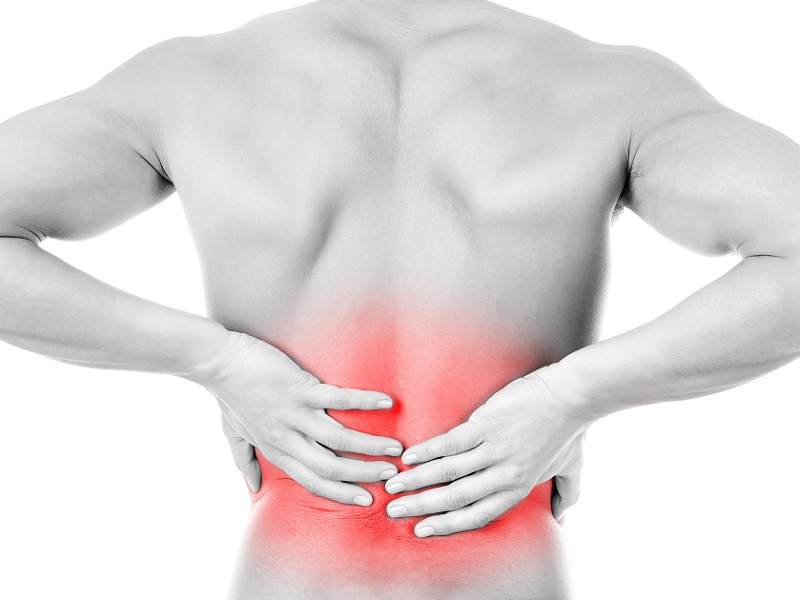MRI Findings of Disc Degeneration are More Prevalent in Adults with Low Back Pain than in Asymptomatic Controls: A Systematic Review and Meta-Analysis
SOURCE: AJNR Am J Neuroradiol 2015 (Dec)
| OPEN ACCESS |
W. Brinjikji • F.E. Diehn • Jarvik
C.M. Carr • Murad • P.H. Luetmera
Department of Neurological Surgery and Health Services,
Comparative Effectiveness Cost and Outcomes Research Center (J.G.J.)
Department of Radiology (J.G.J.),
University of Washington,
Seattle, Washington.
Background and purpose: Imaging features of spine degeneration are common in symptomatic and asymptomatic individuals. We compared the prevalence of MR imaging features of lumbar spine degeneration in adults 50 years of age and younger with and without self-reported low back pain.
Materials and methods: We performed a meta-analysis of studies reporting the prevalence of degenerative lumbar spine MR imaging findings in asymptomatic and symptomatic adults 50 years of age or younger. Symptomatic individuals had axial low back pain with or without radicular symptoms. Two reviewers evaluated each article for the following outcomes: disc bulge, disc degeneration, disc extrusion, disc protrusion, annular fissures, Modic 1 changes, any Modic changes, central canal stenosis, spondylolisthesis, and spondylolysis. The meta-analysis was performed by using a random-effects model.
There is more like this @ our
RADIOLOGY Section and the
Results: An initial search yielded 280 unique studies. Fourteen (5.0%) met the inclusion criteria (3097 individuals; 1193, 38.6%, asymptomatic; 1904, 61.4%, symptomatic). Imaging findings with a higher prevalence in symptomatic individuals 50 years of age or younger included disc bulge (OR, 7.54; 95% CI, 1.28-44.56; P = .03), spondylolysis (OR, 5.06; 95% CI, 1.65-15.53; P < .01), disc extrusion (OR, 4.38; 95% CI, 1.98-9.68; P < .01), Modic 1 changes (OR, 4.01; 95% CI, 1.10-14.55; P = .04), disc protrusion (OR, 2.65; 95% CI, 1.52-4.62; P < .01), and disc degeneration (OR, 2.24; 95% CI, 1.21-4.15, P = .01). Imaging findings not associated with low back pain included any Modic change (OR, 1.62; 95% CI, 0.48-5.41, P = .43), central canal stenosis (OR, 20.58; 95% CI, 0.05-798.77; P = .32), high-intensity zone (OR = 2.10; 95% CI, 0.73-6.02; P = .17), annular fissures (OR = 1.79; 95% CI, 0.97-3.31; P = .06), and spondylolisthesis (OR = 1.59; 95% CI, 0.78-3.24; P = .20).
Conclusions: Meta-analysis demonstrates that MR imaging evidence of disc bulge, degeneration, extrusion, protrusion, Modic 1 changes, and spondylolysis are more prevalent in adults 50 years of age or younger with back pain compared with asymptomatic individuals.
From the FULL TEXT Article:
Background and purpose
Low back pain affects up to two-thirds of adults at some point in their lives. [1] Back pain–related disability has significant economic consequences due to consumption of health care resources and loss of economic productivity. [2] Increased use of MR imaging and CT in the evaluation of patients with back pain consumes a large amount of health care resources. [3] Imaging findings such as disc bulge and disc protrusion/extrusion are often interpreted as causes of back pain, triggering both medical and surgical interventions. [4] Furthermore, prior studies have demonstrated that imaging findings of spinal degeneration associated with back pain are present in a large proportion of both symptomatic and asymptomatic individuals, thus limiting the diagnostic value of these findings. [5–7]
Numerous studies have examined and compared the prevalence of degenerative spine findings in symptomatic and asymptomatic populations. Given the large number of adults who undergo advanced imaging to help determine the etiology of their back pain, it is important to know whether these findings are indeed more prevalent in symptomatic-versus-asymptomatic patients. Such information will help radiologists, referring clinicians, and patients interpret the importance of degenerative findings noted in radiology reports. The purpose of this meta-analysis of case-control studies was to compare the prevalence of MR imaging features of lumbar spine degeneration in adult individuals 50 years of age or younger with and without self-reported low back pain.







Leave A Comment